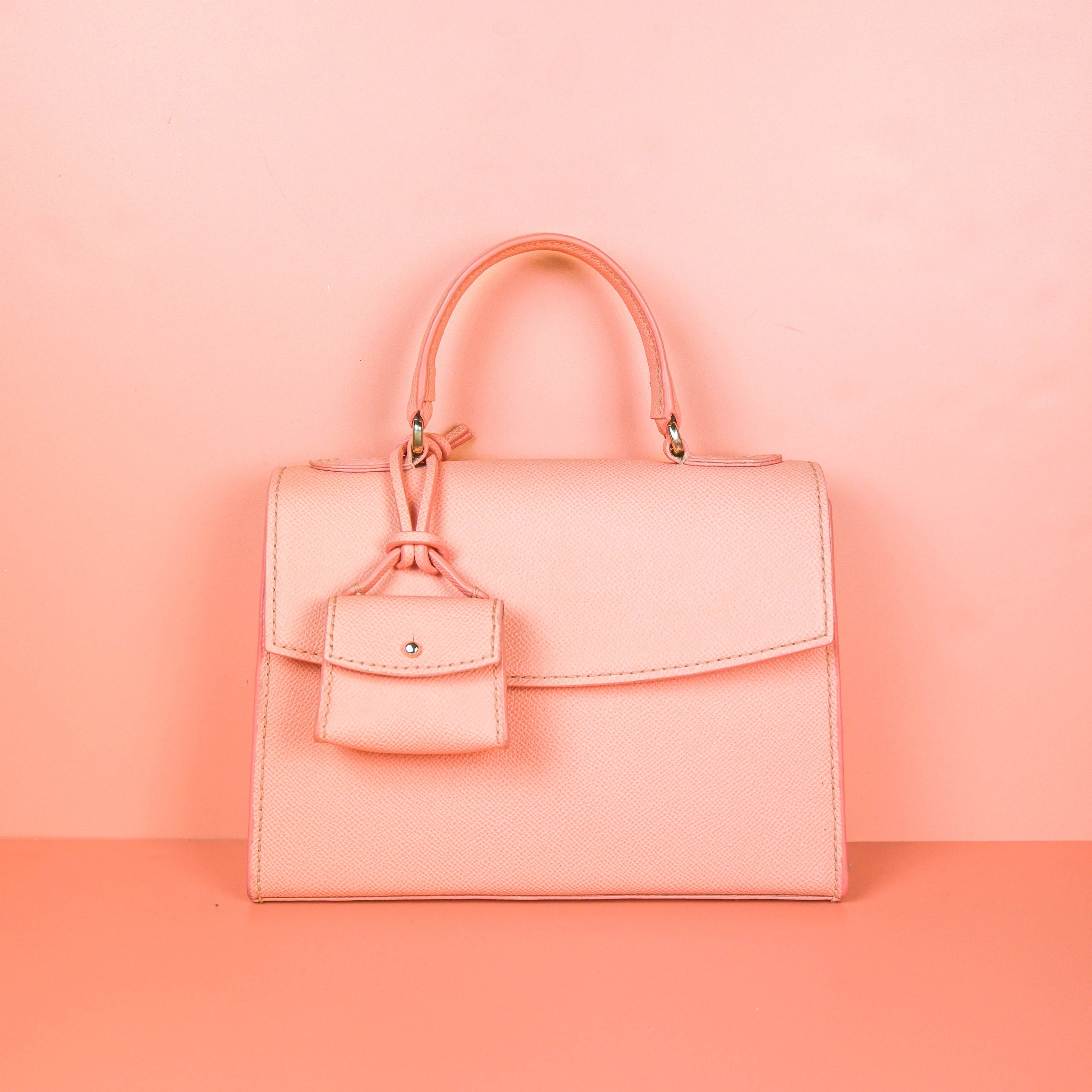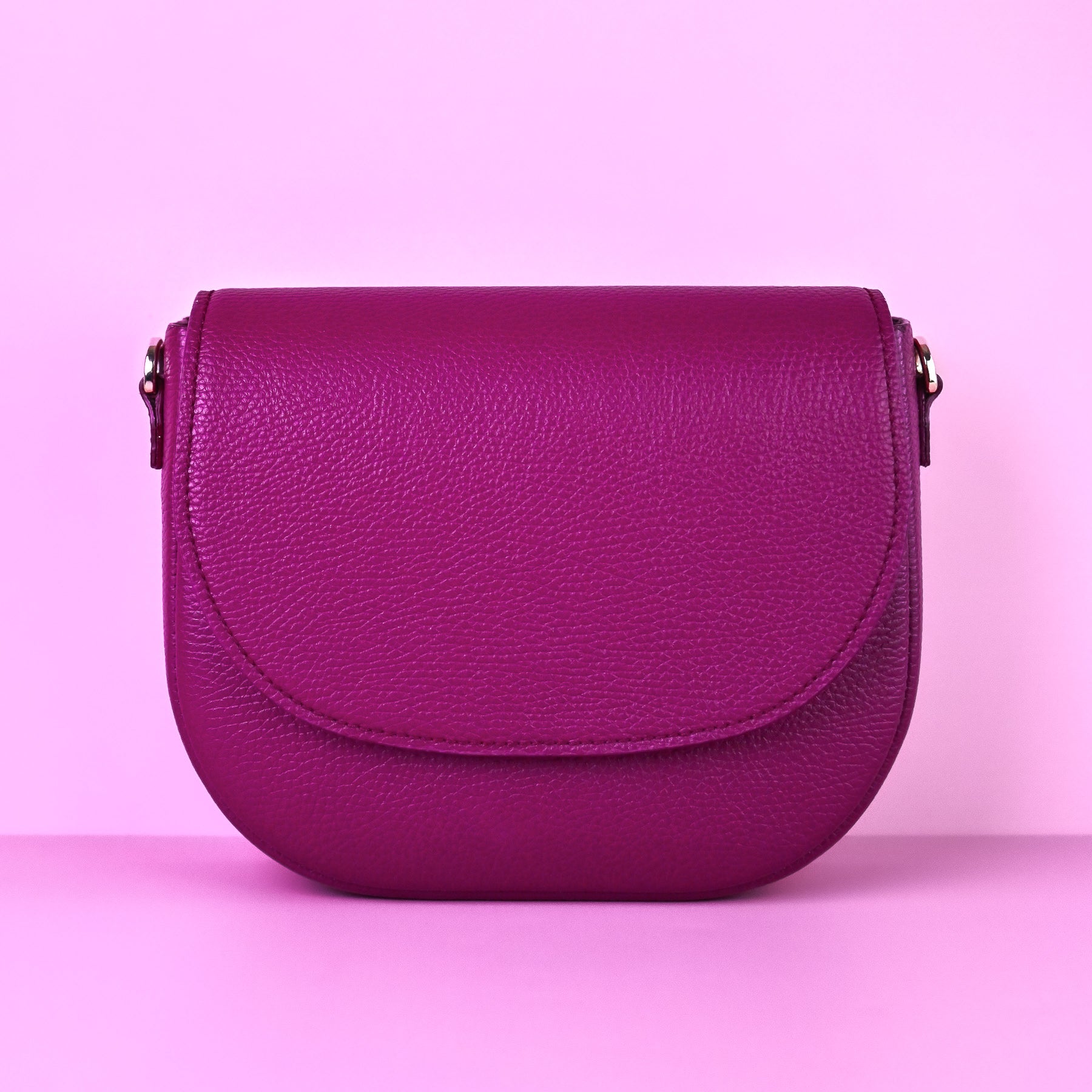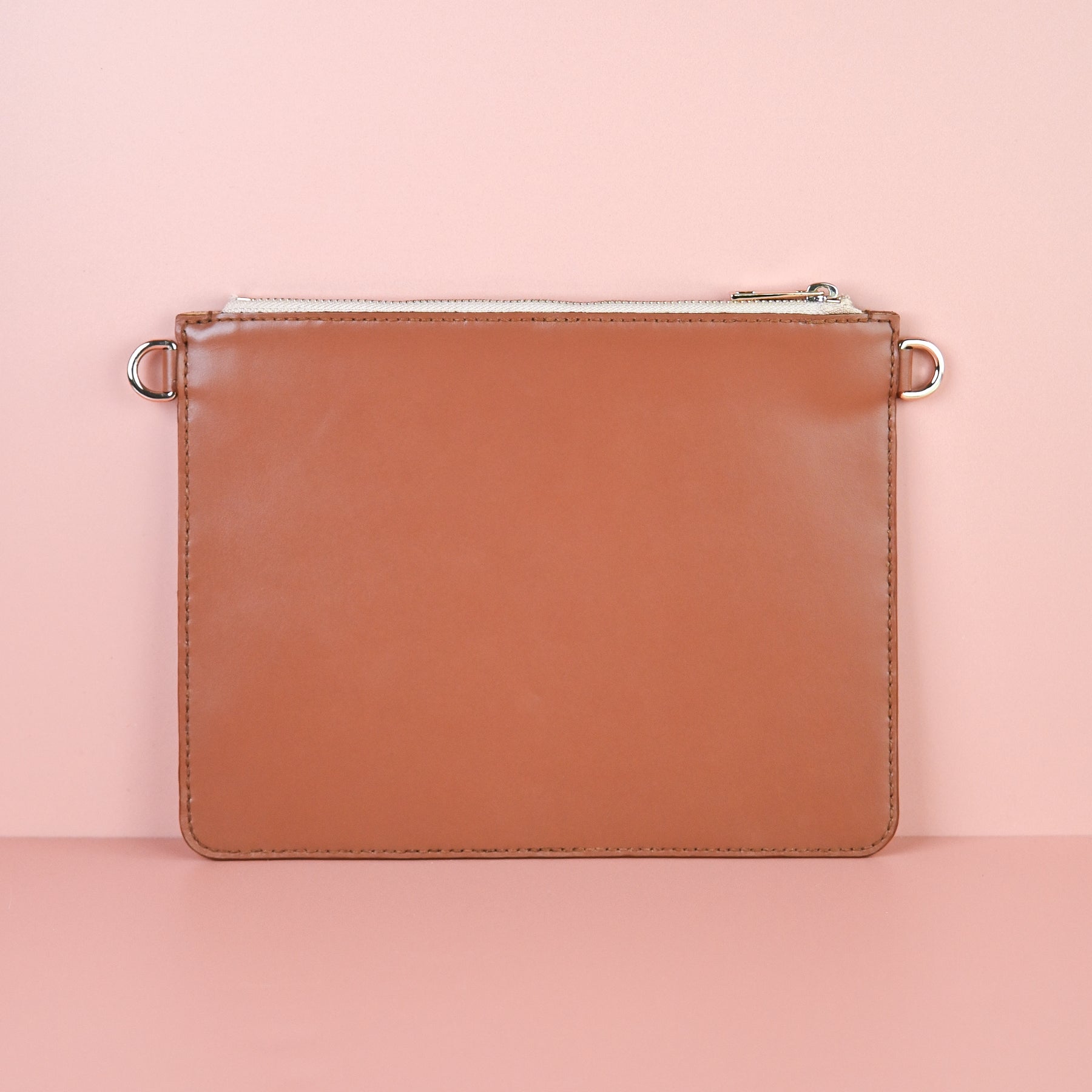
Personal statement: Sustainability
Phew. How do you start a text on a very controversial and much-discussed topic where it feels like you can only say the wrong thing, even if you have a very clear opinion on the subject? The only way to answer such a direct question is probably with a direct answer. And for me that is:
"Yes, it has to be animal leather. YET."
As always, there are many reasons for such an answer. So, let's go! 
Sustainability always has many facets for a company. Sustainable purchasing, sustainable production, sustainable disposal, recycling, sustainable management, and so on and so forth. In my opinion, however, many companies often forget to inform and educate their customers transparently so that they can form their own opinion and, in the best case, decide to act sustainably.
In my opinion, the biggest lever when it comes to sustainability is not production (which is of course also important - I'll come to that later), but rather demand - i.e. the purchasing behavior of customers.
If you've landed on the BAGS & PIECES website, you're probably already one step ahead of many other female consumers around the world: Homemade is cool!
But only if it doesn't necessarily look homemade, but still looks like a fashion piece that you can use for a long time. long and with great appreciation wear for a long time. And it is precisely here, namely in the area of longevity and appreciation, that each individual can make a big difference when it comes to sustainability. That is why our primary goal at BAGS & PIECES is to create a product that is particularly durable and is worn with so much appreciation that it is cherished and cared for and does not disappear into the last corner of your closet.
Hand on heart: Would you ever squeeze your beloved homemade crossbody into a drawer with five other bags, let it gather dust in the last corner of your closet, or use it three times and then put it in the attic and leave it to its fate? Me personally NEVER. And I have a few crossbodies!
But there are two things you need to make sure you don't do this with your favorite homemade handbag:

As far as my personal perception is concerned, I can confidently tick this box. #proudofmyself

And there is no discussion and no compromise here - after all, we all want to enjoy our bags.

How practical that you all probably still have some thread and edge color left in your DIY box so that you can touch it up again in a few years if necessary. And I have already explained many times that the saddle seam is probably the most stable seam you can use on your bag. So here too: CHECK!
But let's talk about point two: durable material. Finally, I want to answer my initial question: "Does it have to be animal leather?"
My experience over the last few years from countless phone calls with suppliers, hours of driving through Italy to various tanneries and trade fairs and what I feel are 9084309824 tests have shown that the alternative products are not yet at the point where they can compete with genuine leather in terms of quality. This is certainly not great news to read, but it is my perception.
Leather is: a natural product, tough, but can still be soft, breathable, heat-resistant, lightfast, resistant to wear and rubbing. In addition, the feel is not comparable with the substitute products currently available on the market.
Of course, all these properties vary depending on how the leather is produced, the tanning process and the finishing. In the next section, I explain why we opted for chrome tanning.
To summarize:
Genuine leather has such good properties that they are difficult to imitate with substitute products. Apple leather, pineapple leather, mushroom leather, cactus leather, grape leather, eucalyptus leather, cork - there are many alternatives, but in the end none are really leather.
The materials I have tested usually fail due to a combination of two aspects: stiffness and resistance to rubbing. If the materials are rub-resistant, they are often so hard that they cannot be processed. Or they are nice and soft, but by no means stable and durable. Many mistakes can be made when choosing the right genuine leather for your project. It gets even more complicated with alternatives that are simply not yet an alternative.
By the way: I'm deliberately not even mentioning artificial leather in detail here, because in my opinion it can't even be described as an alternative to leather. Neither in terms of durability, but even less in terms of sustainability.
For all those who are not familiar with the problem, here is a brief explanation: artificial leather is traditionally made of polyurethane, which is produced from crude oil and consumes enormous amounts of energy and water in its production (more than in the production of real leather). Incidentally, crude oil is a fossil, non-renewable raw material. Therefore, for me, artificial leather is nothing more and nothing less than what products made from polyurethane are actually called: plastic.
So to come back to the answer to my initial question: Yes, it has to be genuine animal leather. Still.
That doesn't mean that this will always be the case, there is currently a lot of innovation in this area and that's a good thing! But for me, there is currently no alternative to genuine leather when it comes to offering a durable, high-quality accessory that will last a lifetime.
My almost-namesake Vivienne Westwood summed it up back in 2017: Buy less, choose well, make it last.
So on that note, all the best to you,
Vivian

P.S.: Here comes a little disclaimer
I am not an industry expert or chemist, nor am I familiar with every conceivable substitute product on the market. Let alone have I tested them ALL. And exceptions certainly prove the rule. But when a promising exception is found, it is either associated with minimum quantities of what feels like 2,000 crossbodies per color, or with a color selection of three different colors (boohoo), or with prices that very few customers would actually pay in the end.
I'm really excited to see how the alternatives develop and I'm curious to see what innovations we can expect in this area. At some point, there will certainly be alternatives that can keep up with real leather - when that happens, I'll be open to new tests and will be happy to keep you up to date on social media. But until then, we'll stick with the material that's even easier to caress than fabric: leather.



